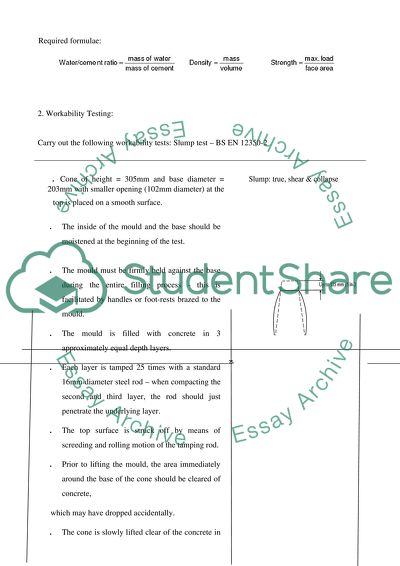Cite this document
(“Measurement Of Concrete Workability Essay Example | Topics and Well Written Essays - 1500 words”, n.d.)
Retrieved from https://studentshare.org/engineering-and-construction/1682392-measurement-of-concrete-workability
Retrieved from https://studentshare.org/engineering-and-construction/1682392-measurement-of-concrete-workability
(Measurement Of Concrete Workability Essay Example | Topics and Well Written Essays - 1500 Words)
https://studentshare.org/engineering-and-construction/1682392-measurement-of-concrete-workability.
https://studentshare.org/engineering-and-construction/1682392-measurement-of-concrete-workability.
“Measurement Of Concrete Workability Essay Example | Topics and Well Written Essays - 1500 Words”, n.d. https://studentshare.org/engineering-and-construction/1682392-measurement-of-concrete-workability.


